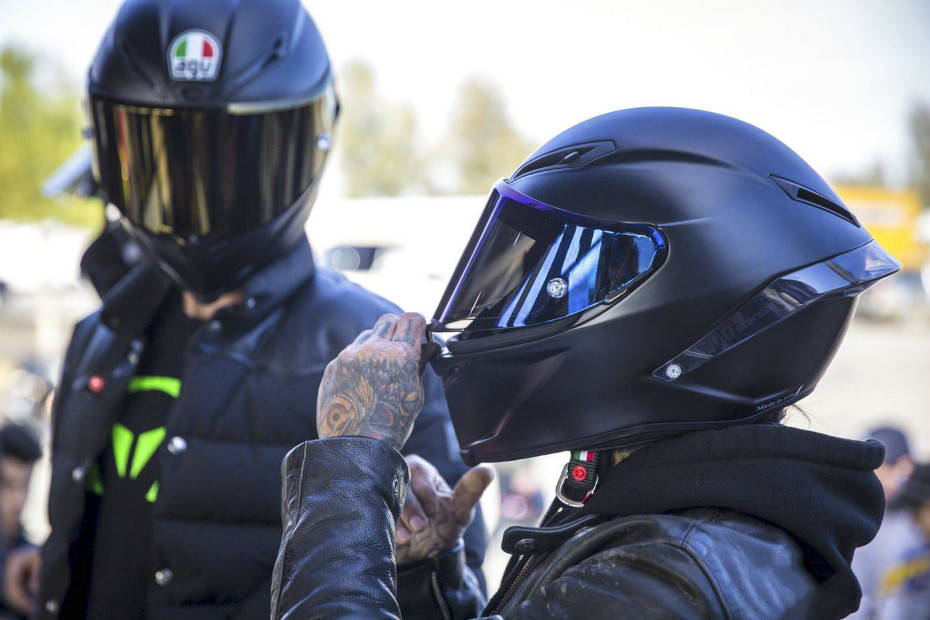Helmet Certifications Decoded: What is ISI, DOT, ECE & Snell?
Published On Dec 1, 2019 10:02 AM By Alpesh Rajpurohit
- 7364 Views
What do the little stickers on the back of your helmet mean? We find out

You don’t need a PhD to understand that you need to wear a helmet while riding. While wearing a helmet is no guarantee that you will escape head injury completely in an accident, but it significantly reduces the impact on your head. But with so many different helmets out there, how do you know which is the safest one? Well, that’s where helmet safety certifications come in. These let you know what safety standards the helmet adheres to. While there are several safety certifications across the world, we will focus on the most relevant ones for us: DOT, ISI, ECE and Snell. So, here’s a detailed look into each of these certifications:
DOT (Department of Transportation):

DOT certification is overseen by the National Highway Traffic Safety Administration (NHTSA) and is applicable for helmets sold in the USA for on-road purposes. The governing council tests the helmets on parameters such as crash protection, penetration level, retention system and more. During these tests, the helmet is dropped from a fixed height onto different surfaces to generate forces up to 400G! The data collected from the crash test is used to verify how much of this force the helmet can dissipate without transferring it inside.
In the penetration test, a test striker is dropped onto the helmet and if it manages to pierce the EPS liner (Expanded Polystyrene - basically the foam inside the helmet that dissipates impacts), then the helmet is deemed to have failed the test. Now, these tests are generally rigorous, but the drawback here is that it works on self-certification. This means helmet manufacturers test the units in their labs and can sell it as ‘DOT’ certified (there’s no external body to verify this).
However, the NHTSA can take a random test of helmets already on sale and if it fails, the manufacturer is bound to be penalised heavily. This also means there are chances that the council might miss testing a certain helmet or a line of helmets, which could end up being on sale and prove to be a safety risk to riders.
ECE (Economic Commission of Europe):

What DOT is to America, ECE is to the European Union. Most of the testing methodology for ECE certification is somewhat similar to DOT’s certification methods. However, there are a few critical differences. The major one being that while DOT-certified helmets are crash tested on the same point multiple times, the ECE tests it just one time. Moreover, the helmet shell is also tested by applying a weight of 68kg to see whether the test unit undergoes any kind of deformity or not.
The other key difference between the DOT and the ECE 22.05 certification is that the latter uses multiple sizes of headforms to test their helmets, whereas the former uses a limited number. Unlike the DOT certification system, the ECE ensures that the helmets are tested in its own labs before it goes on sale.
ISI (Indian Standards Institute):

ISI, or more appropriately IS:4151, is the certification that we’ll find on most helmets sold in our country. This standard is a mix of the DOT and the ECE system. While it is based on the ECE certification method, the way it is actually implemented is similar to the DOT system. So, just like the DOT, each Indian helmet maker is entrusted with testing the helmets in its own labs and it is impossible to find out how many of them are actually following the guidelines.
Also: New ISI Helmet Regulations For 2019
Snell:

Snell is a non-profit organisation, which was formed in 1957, and possibly one of the most superior helmet safety standards out there as it has a wide range of tests as well as far greater control over the testing process. Some tests between Snell and its counterparts are similar, however, Snell has found its own ways to makes these tests a bit more, err, difficult. For instance, unlike the other certification standards, Snell uses multiple anvils and the helmet is dropped from various heights to measure the impact.
Even in the penetration test, it uses a heavier 3kg striker on the helmet from a height of around 10 feet. The key difference here is that Snell isn’t mandatory, unlike the DOT, ECE and the ISI. Helmet manufacturers voluntarily apply for the certification and once the helmet is Snell certified, the company can’t alter it during the manufacturing process. Snell also conducts random tests on helmets on sale and if they fail to meet the safety standards, those units are de-certified.
The ISI certification is far from an indication of ultimate safety. Reputed Indian helmet makers have to walk a fine line between building a safe helmet and keeping it affordable for the general public. While we won’t be elitist and say you need to buy only top international brands like Arai and Shoei, we do strongly advocate that you buy the absolute best head protection you can afford. In most cases, having a helmet on your head -- one that fits well and is well secured -- is far better than none at all. And if we had to recommend, we’d say pick one from a trusted brand that at least meets ECE certification.
